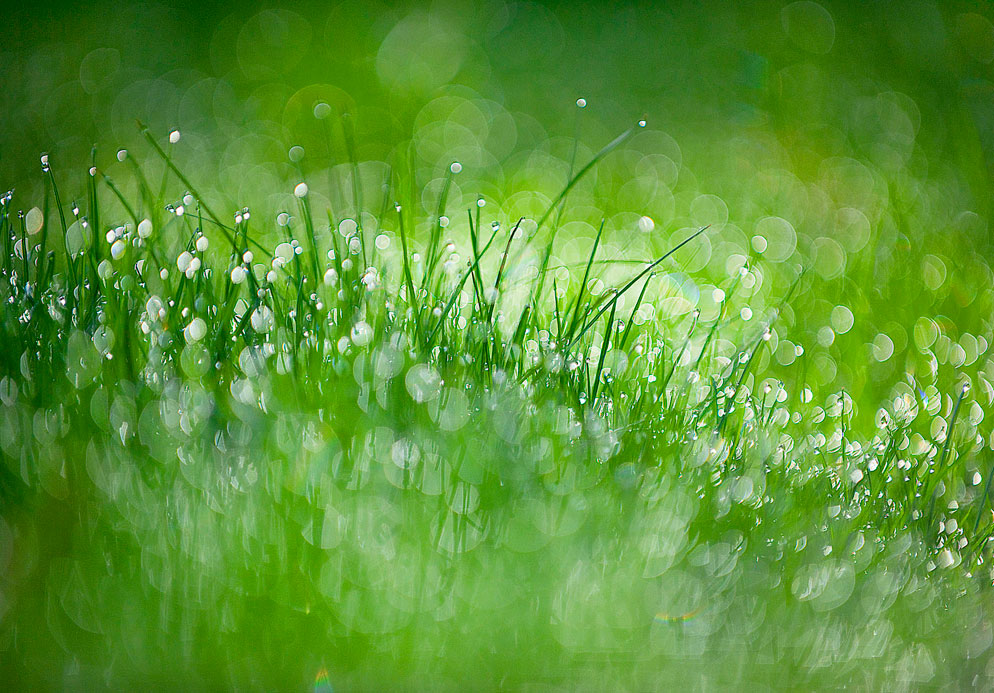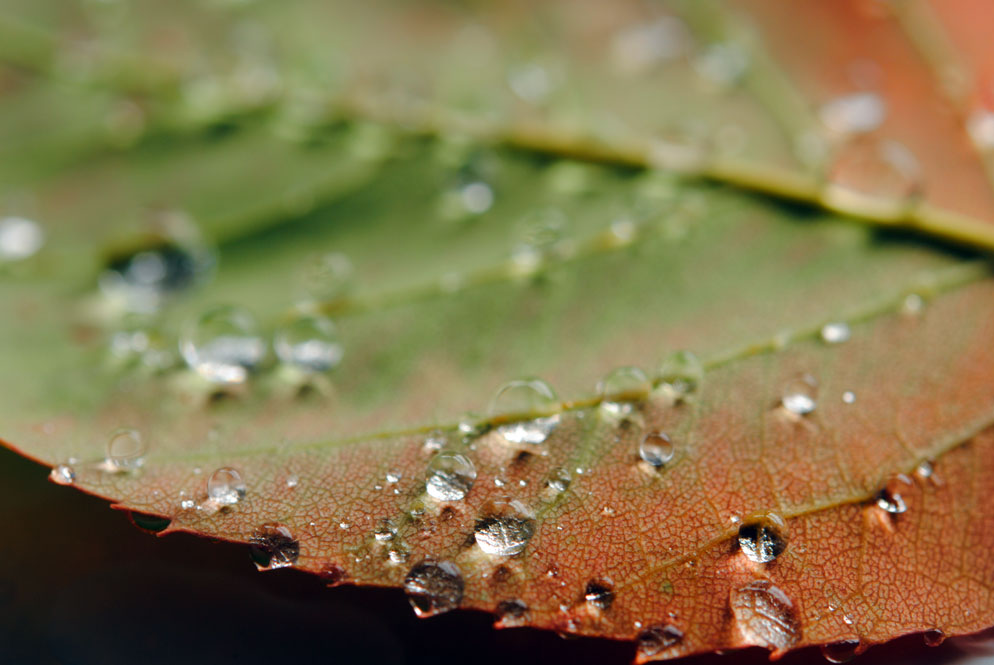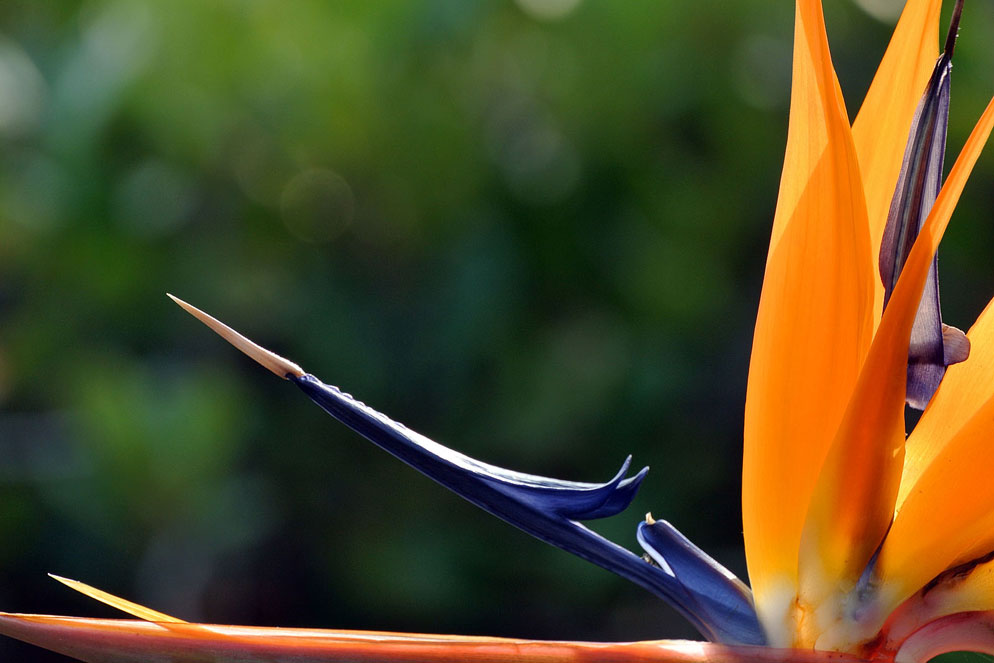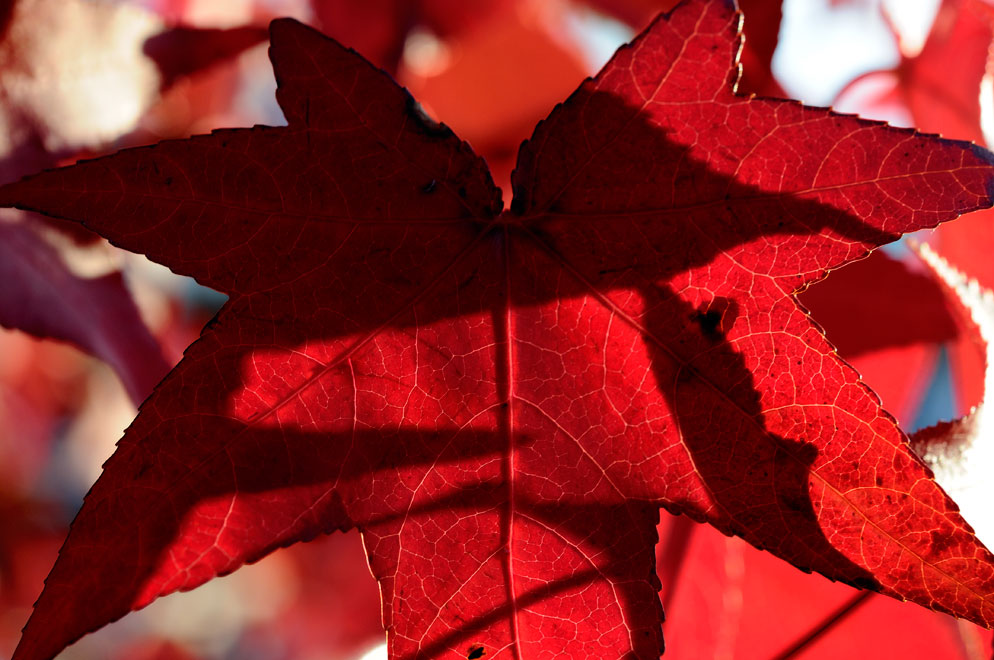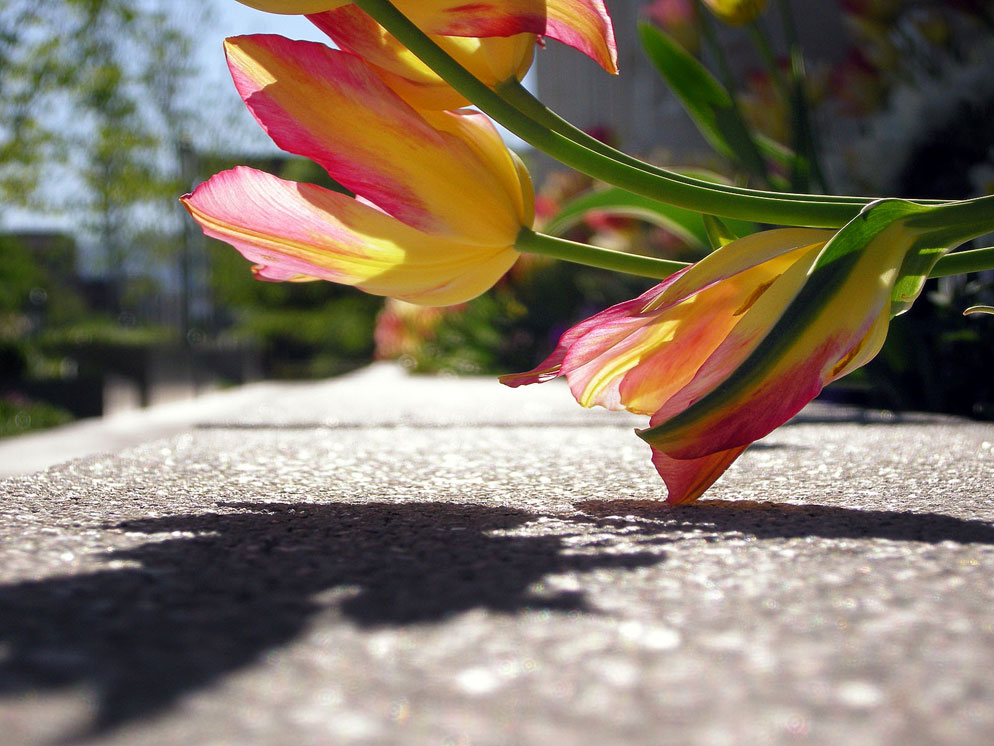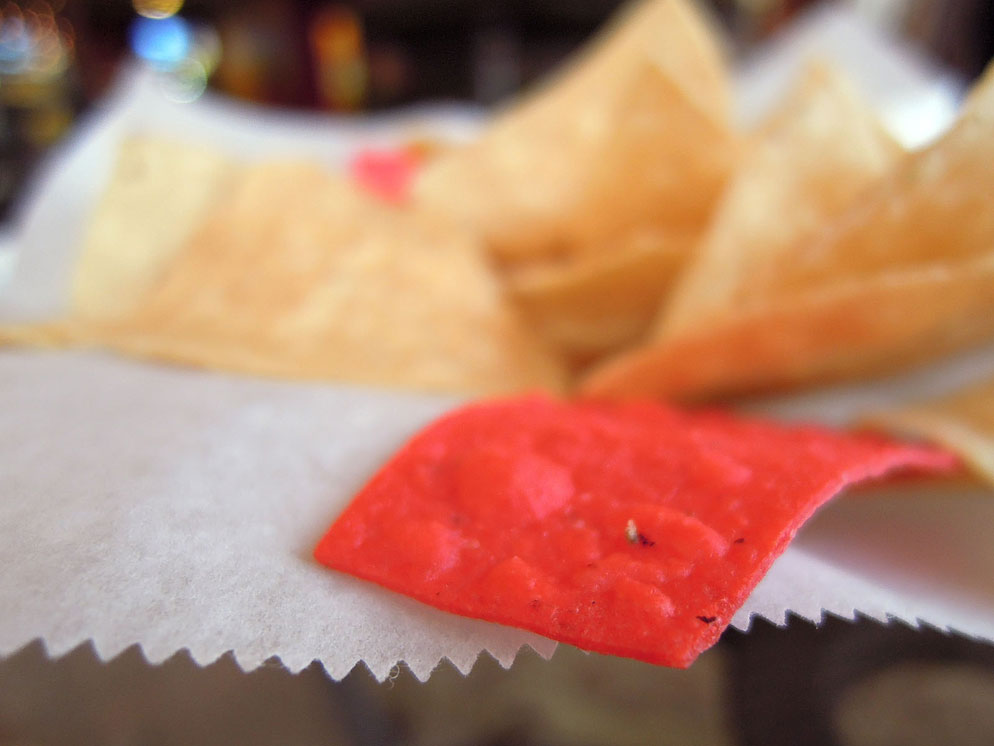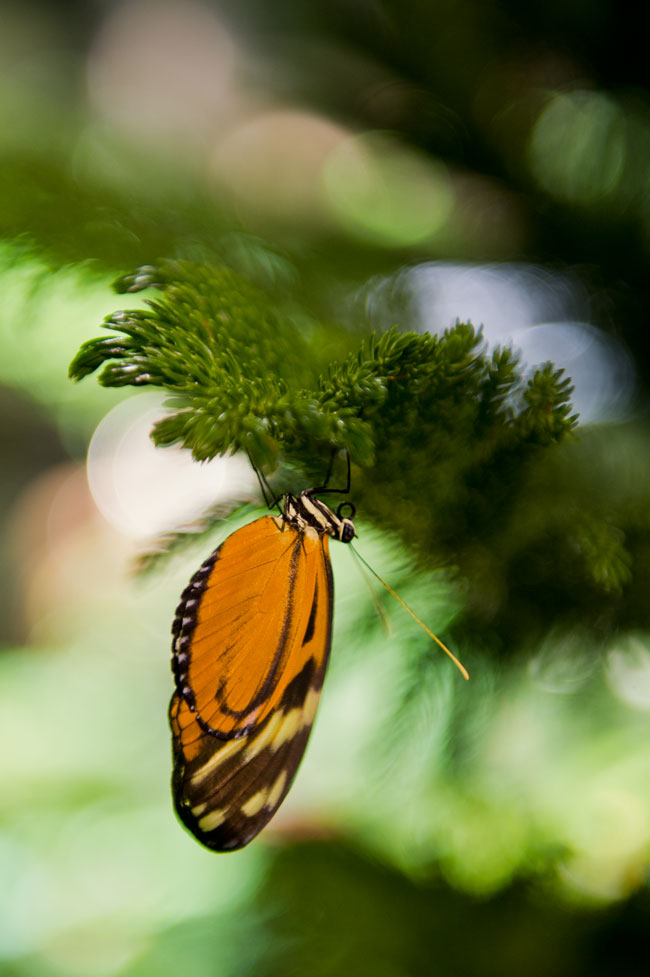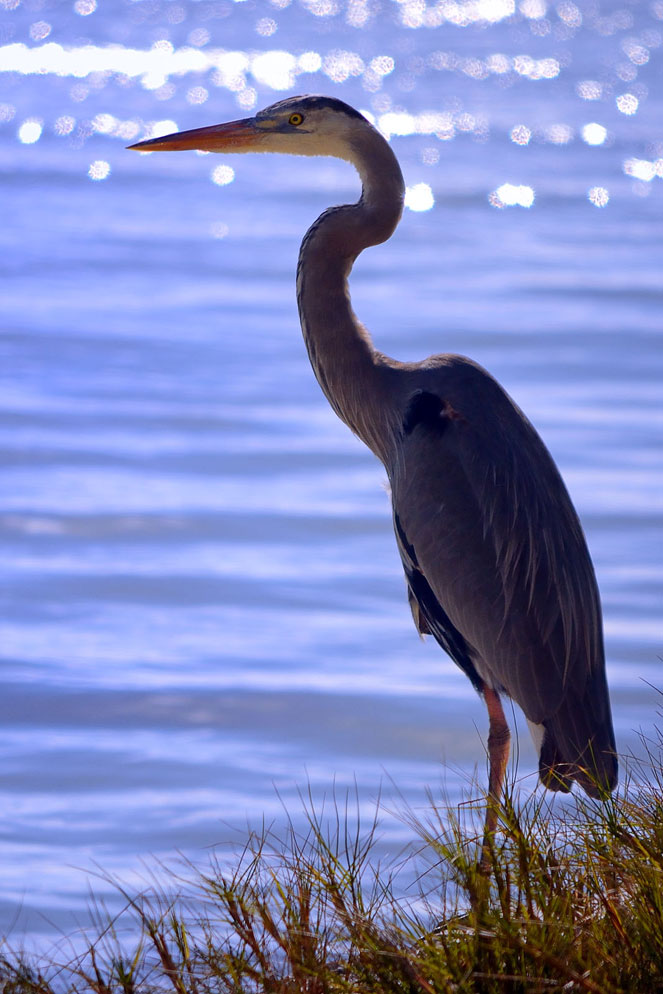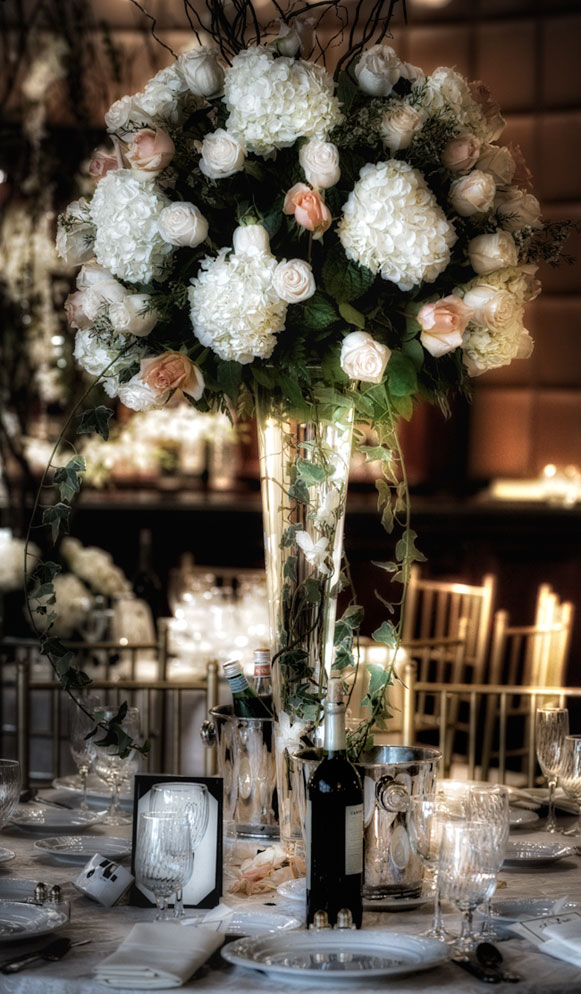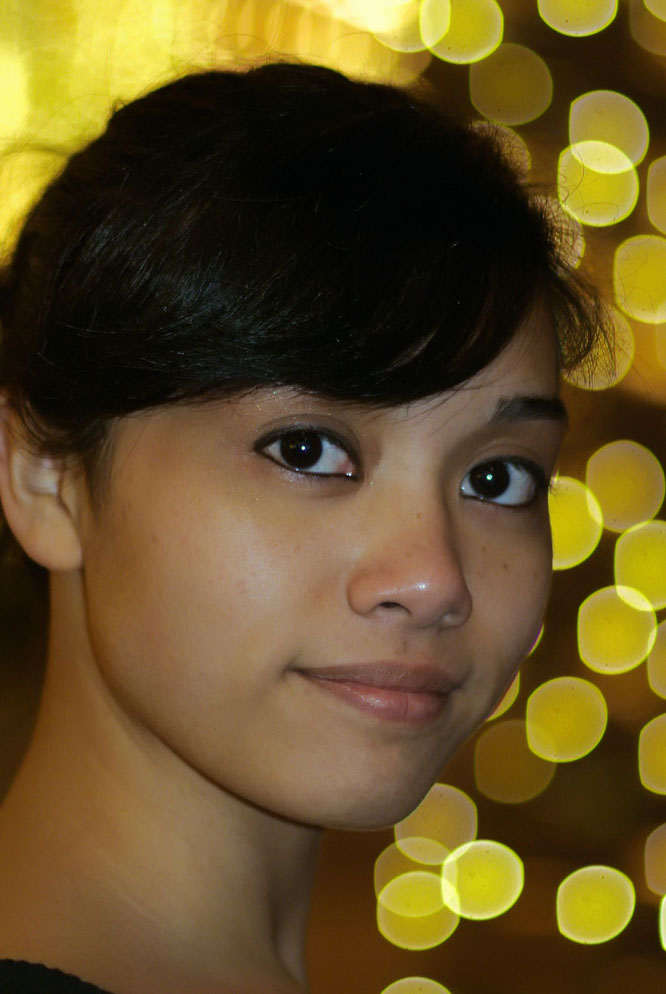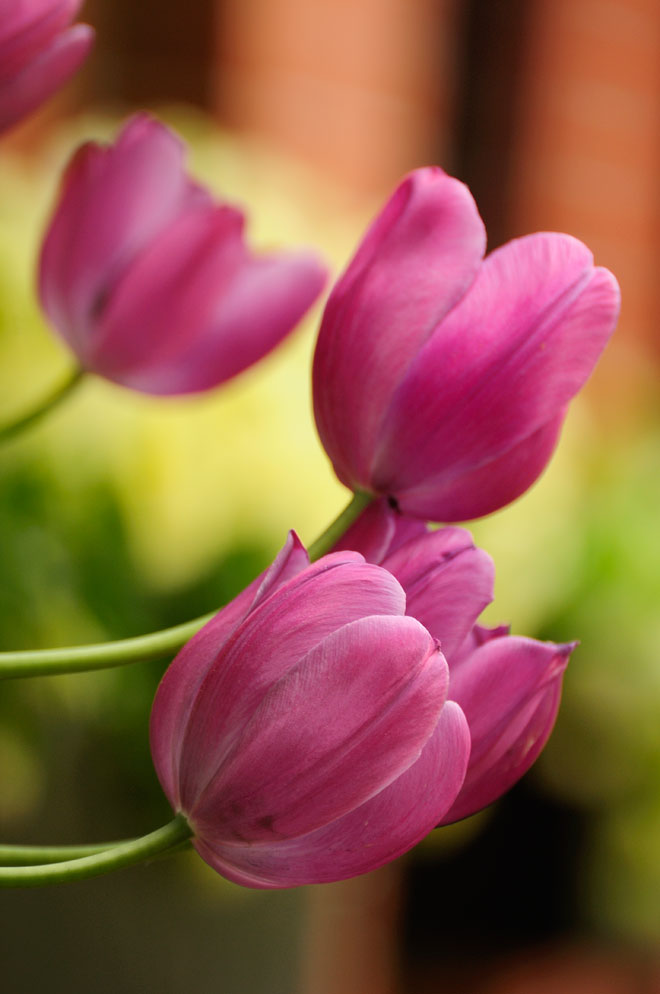Bokeh for Beginners
What Does Bokeh Mean?
Bokeh comes from the Japanese word boke (ボケ), which means "blur" or "haze", or boke-aji, the "blur quality." Bokeh is pronounced BOH-Kə or BOH-kay.
Visit any photography website or forum and you’ll find plenty of folks debating the pleasing bokeh that their favorite fast lenses allow. Adjectives that describe bokeh include: smooth, incredible, superb, good, beautiful, sweet, silky, and excellent… but what exactly is it?
What is Bokeh?
Bokeh is defined as “the effect of a soft out-of-focus background that you get when shooting a subject, using a fast lens, at the widest aperture, such as f/2.8 or wider.” Simply put, bokeh is the pleasing or aesthetic quality of out-of-focus blur in a photograph.
Best Aperture for Bokeh
To achieve bokeh in an image, you need to use a fast lens—the faster the better. You’ll want to use a lens with at least an f/2.8 aperture, with faster apertures of f/2, f/1.8 or f/1.4 being ideal. Many photographers like to use fast prime lenses when shooting photographs that they want visible bokeh in.
Best Lens for Bokeh
Although bokeh is actually a characteristic of a photograph, the lens used determines the shape and size of the visible bokeh. Usually seen more in highlights, bokeh is affected by the shape of the diaphragm blades (the aperture) of the lens. A lens with more circular shaped blades will have rounder, softer orbs of out-of-focus highlights, whereas a lens with an aperture that is more hexagonal in shape will reflect that shape in the highlights.
Don't worry if you don't own a very fast lens. By increasing the distance between the background and your subject, you can see bokeh in images that are shot at smaller apertures like f/8.
How to Achieve Bokeh
To increase the likelihood of creating visible bokeh in your photographs, increase the distance between your subject and the background. You can do this by decreasing the distance between the camera and subject. The more shallow the depth-of-field, or further the background is, the more out-of-focus it will be. Highlights hitting the background will show more visible bokeh too, so if you’re using a backlight, side light or a hair light, the bokeh may be more pleasing to the eye.
Bokeh Camera Settings
You’ll want to shoot with the lens wide open, so you’ll want to use a shooting mode of Aperture Priority or Manual. Manual gives you the ability to choose both your aperture and shutter speed, whereas Aperture Priority allows you to choose the f/stop while the camera chooses the appropriate shutter speed for the exposure. You could also use the Flexible Program mode, choosing the widest possible aperture/shutter speed combination.
Bokeh in Portraits
The most photographed subjects showing nice examples of bokeh are portraits. Close-up portraits show bokeh very well. Close-up and macro images of flowers and other objects in nature are also popular subjects to photograph that shows off bokeh in the image. An often-photographed subject that is an extreme example of bokeh is photographing a grouping of holiday lights or other highly reflective objects. When purposely photographed out-of-focus, these normally harsh or bright objects become soft, pastel, diffused orbs of glowing light.
Bokeh can add softness to an otherwise brightly lit photograph. Using this technique to separate your subject from the background can also allow you to utilize a not-so-photogenic background in your image—but because of its diffused blur, it helps to “highlight” the subject, not detract from it.
Bokeh Photography Tips
-
Fast aperture is best (at least f/2.8)
-
Use fast prime lenses
-
Long focal length creates more extreme bokeh
-
Shoot lenses wide open
-
Increase distance between subject and background
-
Move closer to your subject
-
Take close-up portraits and macro images in nature
-
Use a backlight, side light, or hair light
How to Get Bokeh In Your Photos - Learn how to take photos with beautiful bokeh.

